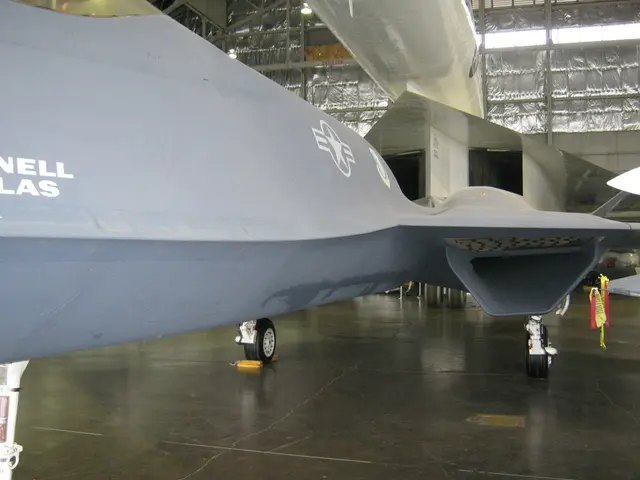Strategies for Reducing Wildlife Collisions on Railroad Tracks - Strategies for Averting Catastrophic Railway Mishaps
Preventing Wildlife Collisions on Railway Tracks: Hesse's Pilot Project
In an effort to mitigate accidents involving wildlife on railway tracks, authorities in Hesse, Germany, have initiated a pilot project to test a networked wildlife warning system. Findings from the project will be presented on Friday at a meeting on the ICE route Frankfurt-Cologne near Hünfelden in the Taunus.
The system, which combines acoustic and optical signals, aims to alert train operators before the approach of a train, thereby offering a chance to prevent collisions. This project marks a collaboration between the railway sector and hunters, who have utilized wildlife cameras to analyze animal behavior and identify hotspots for accidents, such as the area near Niedernhausen in the Taunus.
Such accidents can result in significant consequences, including severe animal suffering, emergency braking, lengthy inspections, and delays in train services. The collaboration aims to address these issues, ensuring both wildlife conservation and efficient train operations.
The networked wildlife warning system utilizes advanced technology, comprising sensors, AI models, IoT devices, and machine learning. The system deploys sensors, like acoustic devices, thermal cameras, and motion detectors (PIR sensors), along railway tracks. These sensors can detect animals, even under poor visibility conditions, and send alerts to train operators, hooters or sirens at level crossings, and station masters via 4G/LTE or mobile networks.
Partnerships between railway authorities, like Bahn, and local hunters and forest departments have enabled the implementation of these systems. In a move mirrored in other regions, the collaboration has led to the installation of AI-enhanced acoustic and thermal sensors along with traditional wildlife trackers. This coordinated approach has significantly reduced wildlife fatalities, train accidents, and enhanced rail safety.
These networked wildlife warning systems offer several benefits, including real-time alerts, multi-stakeholder access, reduction in wildlife mortality, enhanced rail safety, and technological integration. The collaboration is set to safeguard both wildlife and train operations, demonstrating the potential of such initiatives in combating the issue of wild animal accidents on railway tracks.
- The community policy for the project in Hesse includes partnerships with environmental scientists, industries, and local hunters to utilize advanced technology such as AI models, IoT devices, and machine learning for a networked wildlife warning system that aims to reduce wildlife collisions on railway tracks.
- The networked wildlife warning system, which incorporates acoustic and optical signals, involves the use of sensors like thermal cameras, motion detectors, and acoustic devices to detect animals and send alerts to train operators, level crossings, and station masters, helping prevent wildlife casualties and improve rail safety.
- By addressing wildlife conservation concerns while ensuring efficient train operations, this collaborative approach between the railway sector, environmental-science researchers, and finance departments could serve as a model for other regions, significantly reducing wildlife accidents, enhancing rail safety, and integrating technology into environmental-science research and industry practices.








